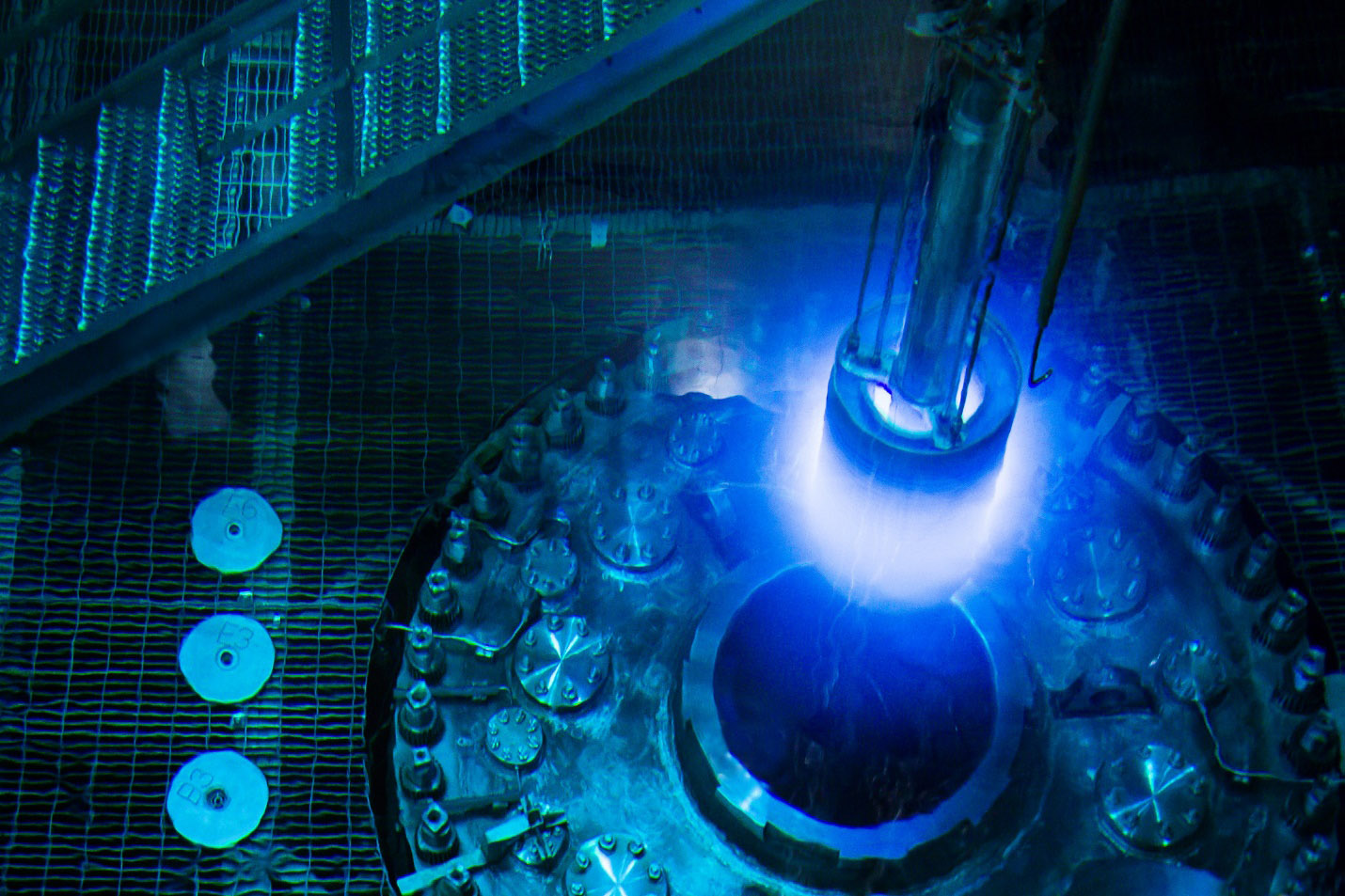Report weighs prospects for aging High Flux Isotope Reactor

Routine refueling of the HFIR in July 2015. Photo: Genevieve Martin/ORNL
This summer, the Department of Energy’s Basic Energy Sciences Advisory Committee (BESAC) completed a report, The Scientific Justification for a U.S. Domestic High-Performance Reactor-Based Research Facility, that recommends the DOE begin preparing to replace the pressure vessel of the High Flux Isotope Reactor (HFIR) at Oak Ridge National Laboratory and to convert the facility to use low-enriched uranium fuel. It also recommends that work begin that could lead to a new research reactor. An article published on the American Institute of Physics website summarizes the report, which was requested by the DOE in 2019.







